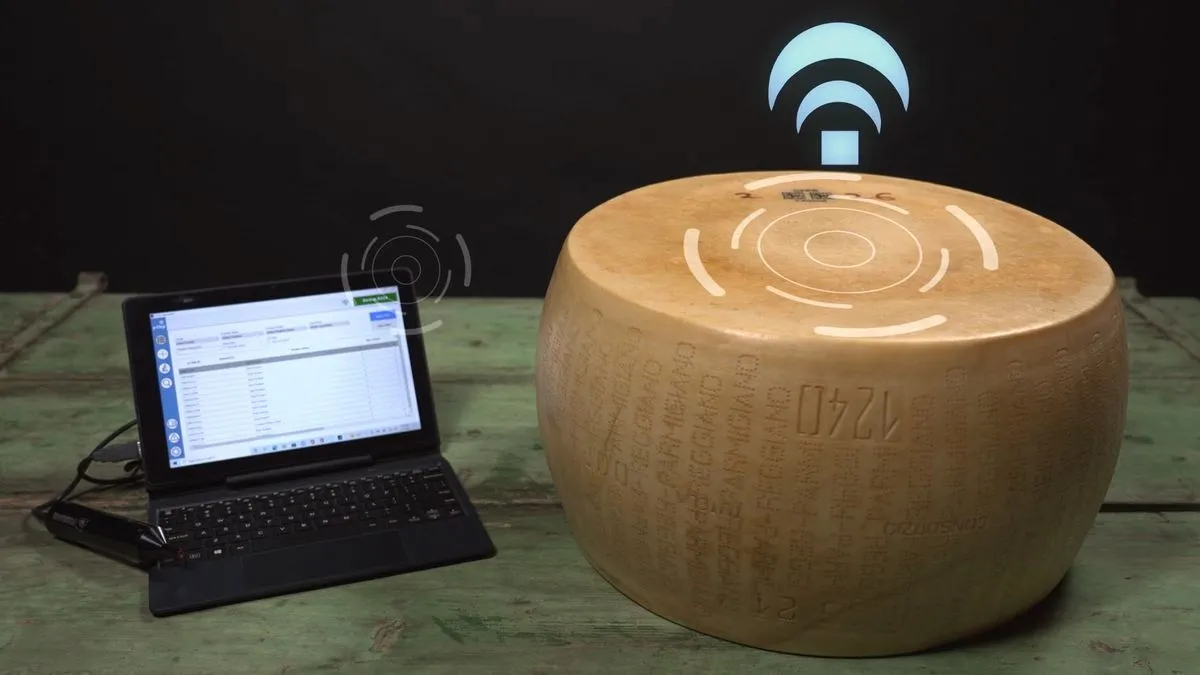Parmesan Makers Add Microchips To Cheese Wheels To Foil Counterfeiters
Parmesan Makers Add Microchips To Cheese Wheels To Foil Counterfeiters

www.tomshardware.com
Parmesan Makers Add Microchips To Cheese Wheels To Foil Counterfeiters

Parmesan Makers Add Microchips To Cheese Wheels To Foil Counterfeiters

Parmesan Makers Add Microchips To Cheese Wheels To Foil Counterfeiters
